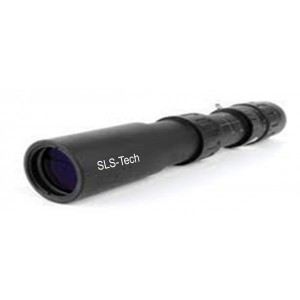Opacity is the modern measurement of impenetrability to radiations or electromagnetic especially the visible light. The modern opacity is optimized for thin materials such as sheets, papers and plastic films. This instrument is very ideal for checking the colour or clarity density properties as well for ensuring quality of production. This machine can also be taken to laboratory where it can be connected to a computer for data capture, visualization and saving. It gives accurate results easily and very quickly. Below is important information about measuring opacity.

The great benefit of using this system is its simplicity of use. This is because users do not have to touch the instrument and instead one can use both hands so as to insert and move a sample. The operation of this instrument is as follows
- It measures light attenuation caused by the material under test
- Results are usually reported as opacity units or as relative transmittance with resolution of 0.1%
- It is designed to work best for thin materials such as papers or plastic films
- It can be used as connected or as standalone to windows PC using USB cable
- It has integrated LCD display for the operations
- It easily uses windows software for capturing data as well as visualization
- It is insensitive and stable to the environment
- Gives user independent results
- Has automatic calibration during the start-up and after detecting drift
Generally, opacity meter meets the customer standards and also ensures spec products. It helps user to control the opacity quality and saves one’s money on inks, colourants and other additives. It minimizes chances of errors and is small, portable and lightweight making it more effective to most people.
In conclusion, opacity meter is mostly used in measuring transmission and reflection. The above information is all about it and why you should go for it. You may get one and surely it will work out effectively for you.